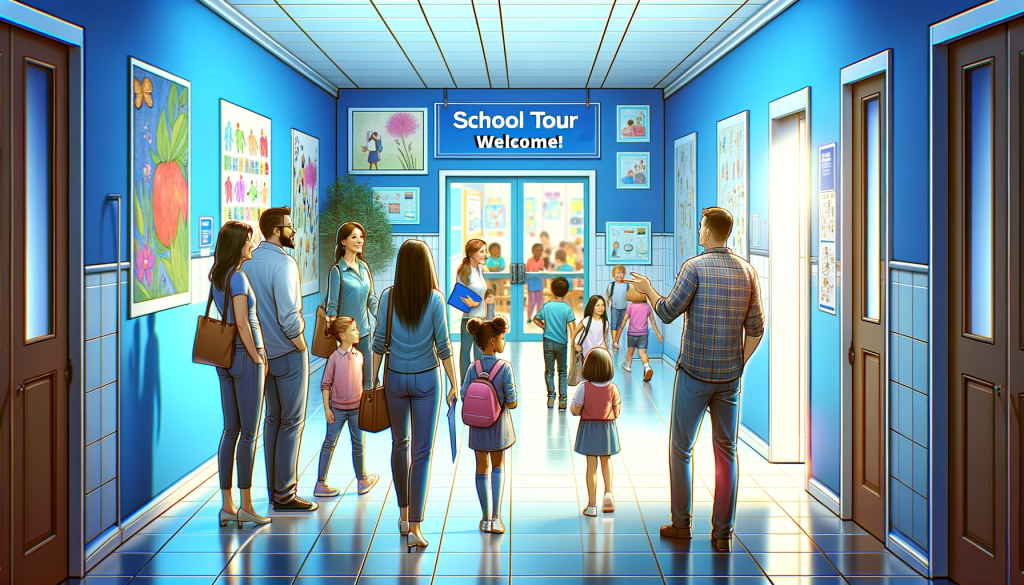Anyone who has worked with us at Rhodes Branding has probably heard someone on our team reference the cultural relevancy gap that exists in K-12 education. Let me take a moment to clarify what this means and the issue that gap poses for schools across the country struggling with how to compete in an environment constantly changing post-COVID.
There’s a massive disconnect between how many schools interact with their customers and how the Fortune 500s of the world interact with their customers. Suhail Farooqui’s recent LinkedIn post about his experience at a school board meeting highlights the extent of this cultural relevancy gap. I’ve been in that exact same situation myself and can empathize to a large extent.
Some might dread standing up before a school board and presenting research findings related to the brand experience families and employees have with a particular district. I always look forward to it. In most cases, partners we work with haven’t collected these types of insights from the community in many years (or ever).
For the vast majority of those occasions, the presentations go off without a hitch. Most districts can see the competitive nature of today’s K-12 education landscape, and our findings usually confirm what prompted the client to initiate this process in the first place: there’s a gap between what they’re doing and what their community (yes, their customers) expects from them.
But, like Suhail referenced in his LinkedIn post, some still struggle to see why customer service, marketing, or branding is necessary for K-12 education. It’s a mindset shift for many. It’s not dissimilar to what the healthcare industry experienced many moons ago.
Historically, the healthcare industry in the U.S. did not rely heavily on traditional marketing or branding like they do today. Healthcare services are essential, like public education, right? And demand for medical care exists regardless of marketing efforts. For much of the 20th century, patients chose healthcare providers based on referrals from general practitioners or other medical professionals rather than advertisements.
However, this scenario has changed dramatically in recent years. The healthcare industry has become increasingly competitive, with providers proactively owning their market position through branding, and marketing their services to consumers. Remind you of any other industries?
Over the past several decades, there has been a greater emphasis on patient choice and consumerism in healthcare, with patients acting as consumers who make informed decisions about their healthcare options.
There’s been a significant increase in patients’ use of healthcare comparison websites and online review platforms, too. Websites like Healthgrades, RateMDs, and Zocdoc allow patients to compare healthcare providers based on ratings, reviews, and service offerings. This trend has empowered patients to make more informed decisions about their healthcare, much like they would for any other consumer service or product. Like the right education choice for their child.
Just as the healthcare industry has adapted to the evolving demands of consumer-driven choices, the education sector is poised for a similar transformation. In fact, it’s already here.
Ignoring the cultural relevancy gap in K-12 education not only undermines the potential for meaningful engagement with students and their families but also risks the compatibility and effectiveness of educational institutions in an increasingly diverse and dynamic societal landscape. Adaptability and responsiveness to consumer needs are not optional; they are essential to survive and thrive.
AI contributed to the graphic for this blog.
Dan oversees the day-to-day operations of the agency. Beyond the operational aspects, Dan spearheads account management for various strategic initiatives, working closely with our partners to design and execute campaigns that drive measurable outcomes and contribute to their overarching success.





